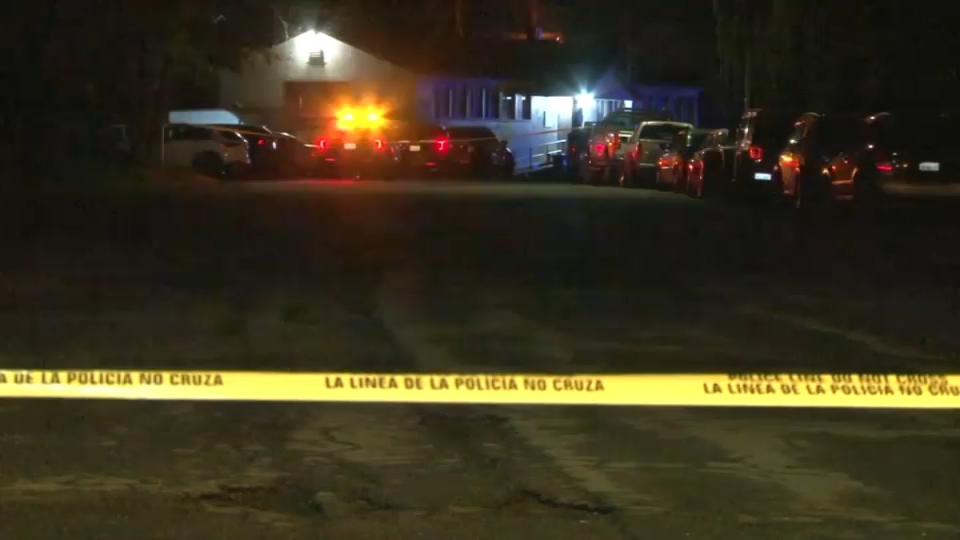A new project in Foster City to raise the city's levee and provide greater flood protection for its residents may be underway soon.
Recently, The Federal Emergency Management Agency conducted a coastal flood hazard study using a new modeling methodology and new regulations and concluded that roughly 85 percent of the city's levee system is not adequate to meet the current guidelines, city officials announced Thursday.
The city's current levee, which has been in place for decades and was verified by FEMA in 1997, allowed the city to receive a Zone X accreditation, which exempted property owners from buying flood insurance, city officials said.
However, based on FEMA's new guidelines, unless the city devises a plan to make improvements to the levee, Foster City would face the risk of being removed from the Zone X accreditation, according to city officials. The entire city would then be placed in a flood zone designation, requiring all property owners with federally backed loans to purchase flood insurance, which can cost several thousand dollars annually.
Additionally, owners selling properties in the city would be required to disclose the flood zone designation as part of the sale, which could potentially lower property values, city officials said.
In order to avoid the flood zone designation, the city is taking on the preliminary process of designing the levee improvements, which would raise the levee approximately 5.5 feet, in addition to sea level rise design considerations, according to city officials.
The entire project would cost the city an estimated $75 million and city officials tentatively estimate the project would be completed sometime in 2020, city officials said.
Local
In order to raise the levee, the city is considering using sheet piles that would create a wall-like feature within the city, according to Public Works Director Jeff Moneda.
"We're developing a consulting team to develop preliminary designs," Moneda said. "For the interior side, we'd like to find out what the residents would like and how we can minimize the visual impact it will have."
The city is also in the process of hiring a financial consultant to help determine financing options for the project. One option would be forming an Assessment District to fairly distribute the project costs among all the city's property owners, according to city officials.
The cost to property owners for the Assessment District will be less than the cost for flood insurance, city officials said.
The city is hoping that public input can help the city, not only with the design process, but to provide policy direction.
"When we have figures to present, we'll want to seek the public's input," Moneda said. "This is a project where we'll need to keep the public in the loop at all stages."
City officials said they would be scheduling community meetings for public input in the near future.
In February 2015, the NBC Bay Area Investigative Unit reported on findings from a California report that called into question the state levee system’s ability to sustain an earthquake or other natural disaster. According to new data obtained by NBC Bay Area, 49 percent, or 157.2 miles, of levees located in urban areas, which protect local businesses from flooding, are considered “high hazard.” Read and watch Stephen Stock’s complete report here.



